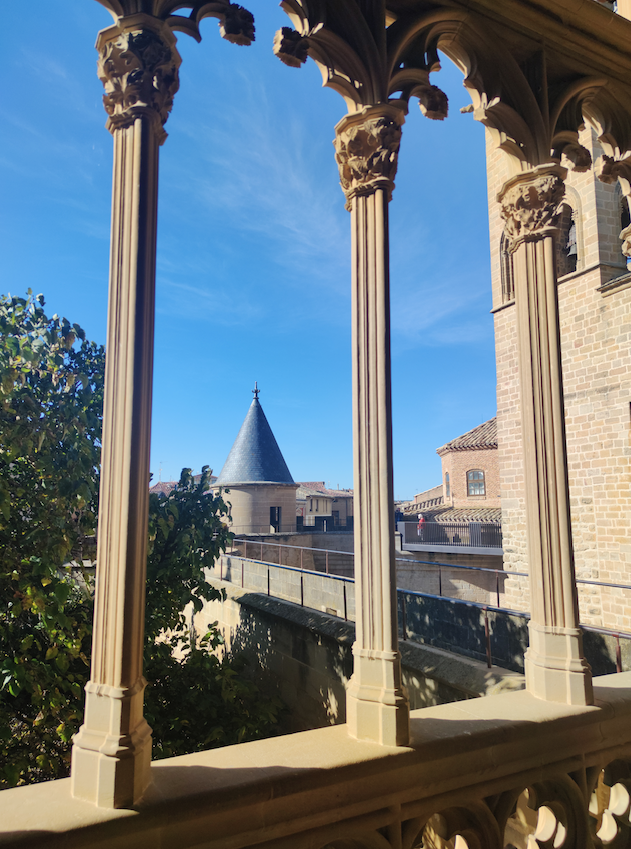It is one of the most visited monuments in the whole of Navarre and as soon as you enter Olite it is like walking directly into a fairy tale. With just a glance, the palace takes you back to the Middle Ages. Its turrets and passageways will delight anyone who loves art, architecture or history. After so many years I decided to revisit on my way to France. We stayed the night at the Parador in the village and then visited the palace the following morning before heading off on route again. It is an ideal stop-off if you are travelling up to France via Madrid.
The palace has spectacular lookout points which afford views of the Mediaeval town of Olite. Here are ten curious historical facts that will give you more than enough reasons for visiting this fine example of Spanish history.
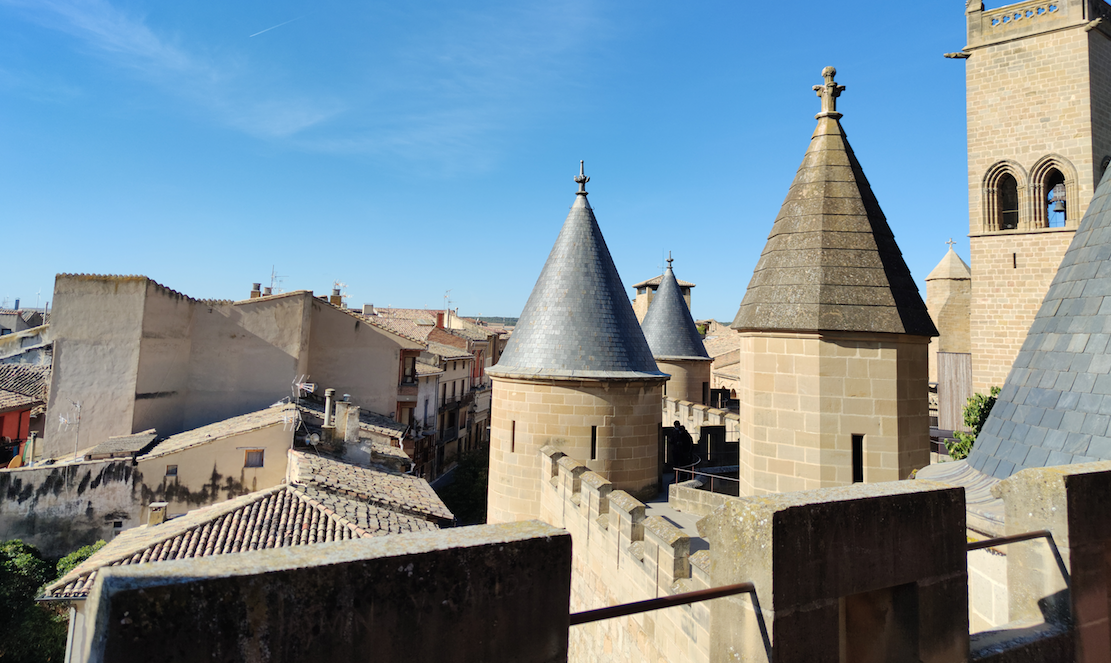
1. It was "real" royal whim.
The palace is the masterpiece of the reign of Carlos III “The Noble”. The project was of such magnitude that people used to say it had as many rooms as the days in a year. The work was an economic extravagance for the period. Charles III wanted his castle to be admired by his guests and he achieved this. It was a real royal whim.
2. Among the most luxurious of the era
When it was built, it was considered one of the most luxurious medieval castles in Europe. It was so beautiful that, in the 15th century, a German traveller wrote in his diary (which is preserved in the British Museum, in London): “I am sure there is no king with a more beautiful palace or castle, and with so many golden rooms.”
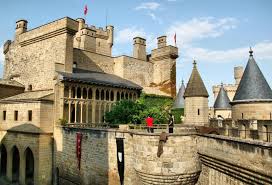
3. It is two palaces in one
Actually, it is really two palaces, one built next to the other. The first, used today as the Parador Hotel where we stayed, dates back to the 12th-13th century and only its walls and towers remain. The second, from the 14th-15th century, is considered the ‘New Palace’ and was completely rebuilt during the 20th century. The Parador is very reasonably priced and a lovely hotel right in the heart of the village. (seen below)
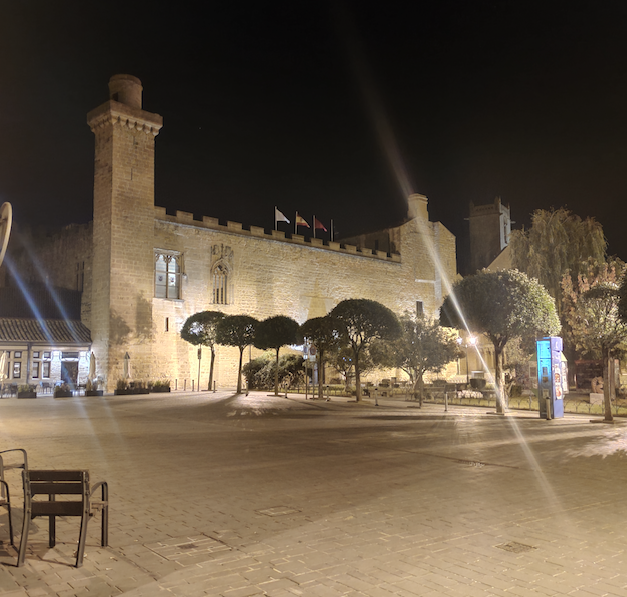
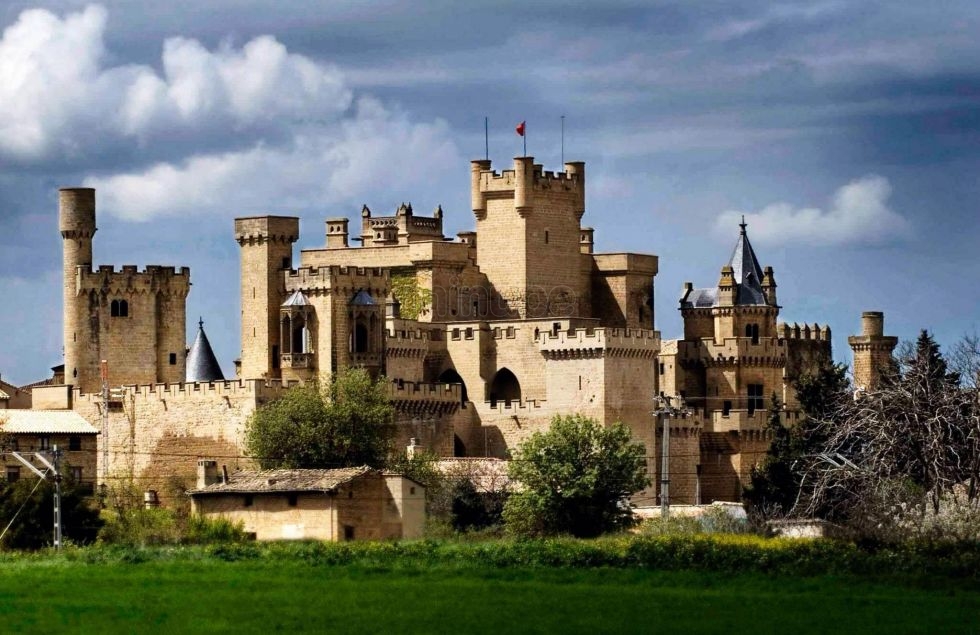
4. It had famous hanging gardens
One of the most admired features of the palace was its famous hanging gardens which, like the legendary gardens of Babylon, were suspended up to 20 metres above the ground, abounding in plants and flowers from all over the world. So that the courtyard would not buckle under the weight of the large plant pots, orders were given for an underground arcade to be built to act as a buttress. It is the Sala de Los Arcos (Room of Arches) or Sala de Los Murciélagos (Bats).
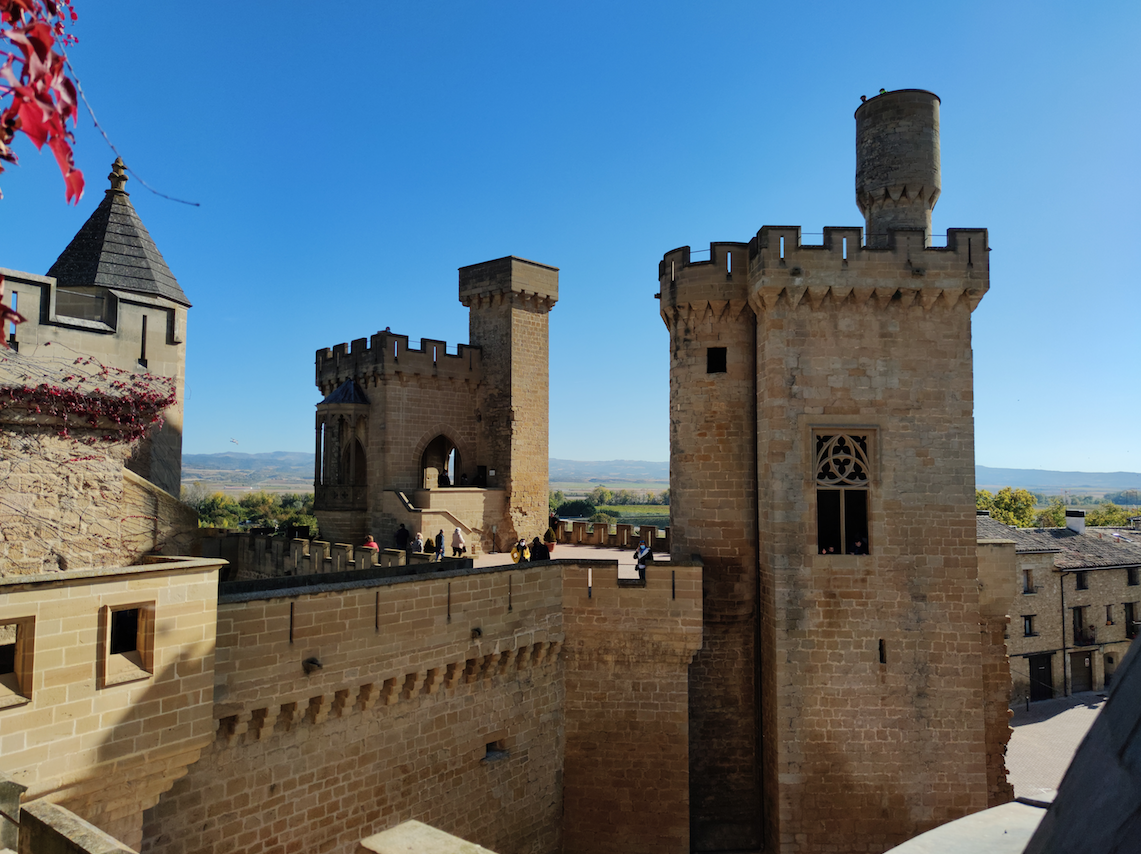
5. It was a royal zoo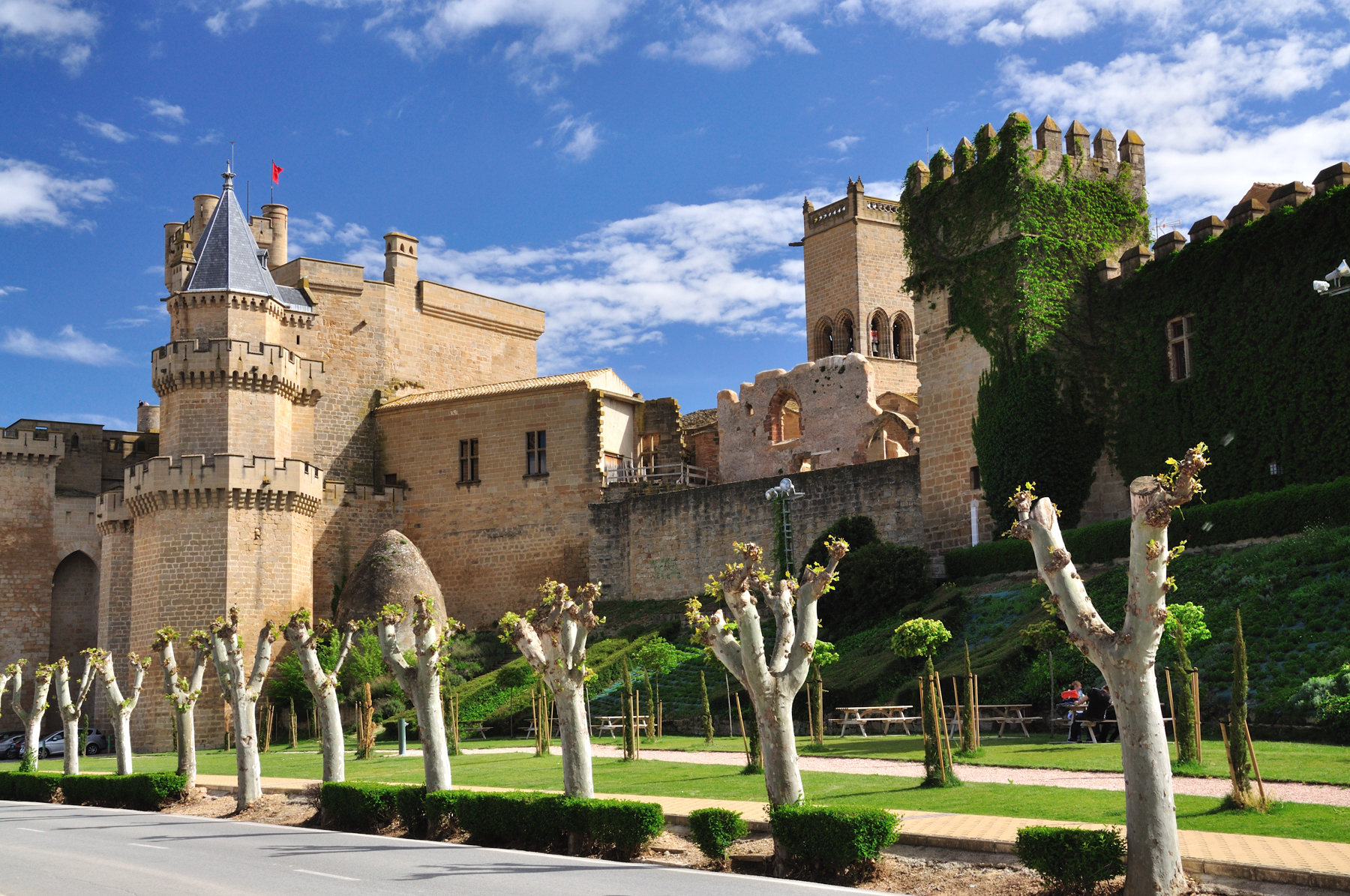
It was traditional for European courts to keep game or exotic animals inside their castles. Carlos III's grandson, Prince of Viana, took this hobby even further and included all sorts of animals until he had created a small zoo, with giraffes, lions, camels and all types of birds. Today you can still see the remains of the aviary in the Patio de la Pajarera (aviary courtyard).
6. La Torre del Homenaje has exceptional views
The royal chamber is one of the most impressive rooms in the whole architectural complex. It is in the keep, which is nearly 40 metres tall; to reach the top, you need to climb 133 steps. The keep affords exceptional views of Olite and the surrounding land.
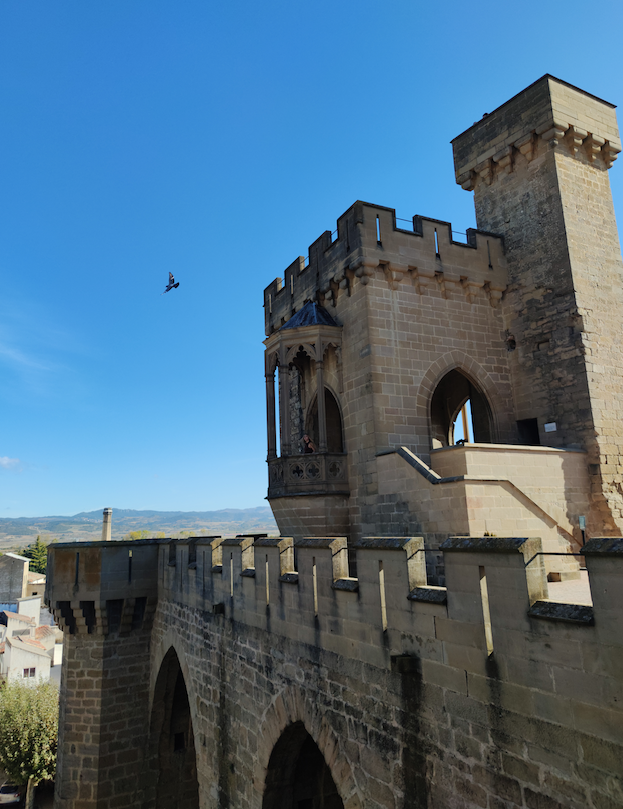
7. It has a royal fridge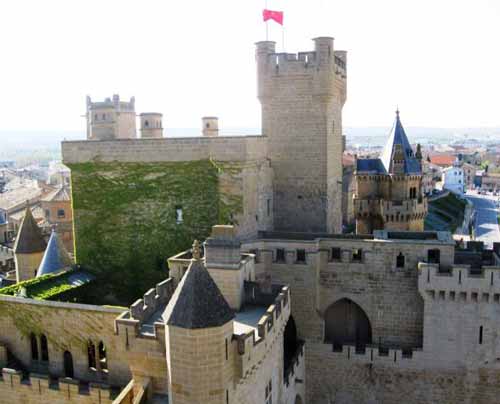
From the Ochavada Tower, you can see the ice well, or 'the egg', as the locals call it. It is the place where they stored the layers of snow that were used to preserve food. The egg-shaped lid covers a well that has a depth of about eight metres.
8. It came back from the ashes
In 1813, during the War of Independence, the palace was practically destroyed by a fire started by General Espoz y Mina to prevent the French troops from making forts inside the castle. In 1913 it was bought by the Regional Government of Navarre and 25 years later, a meticulous restoration began, which made the palace look like it does today.
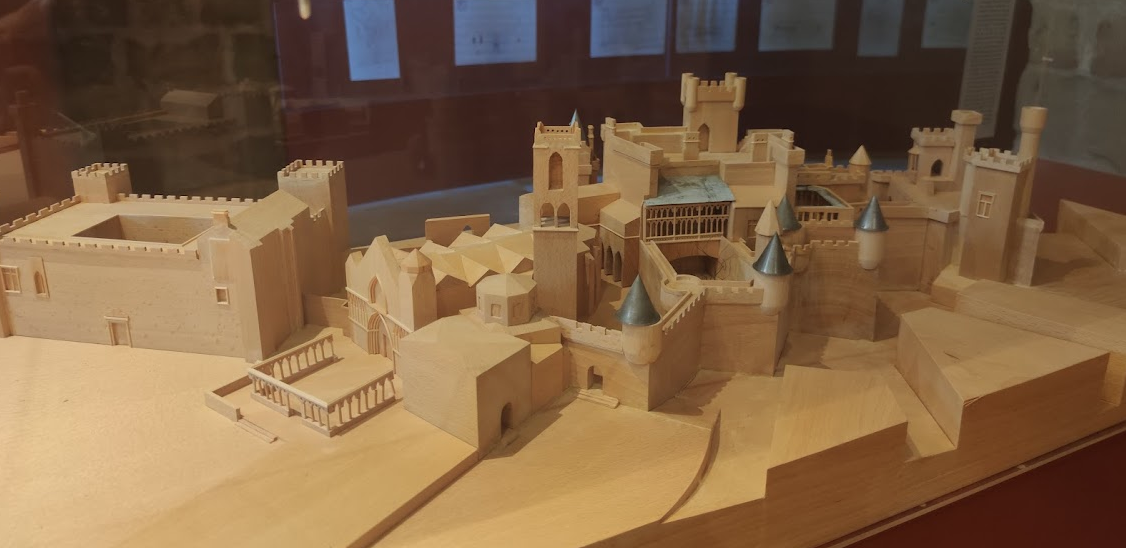
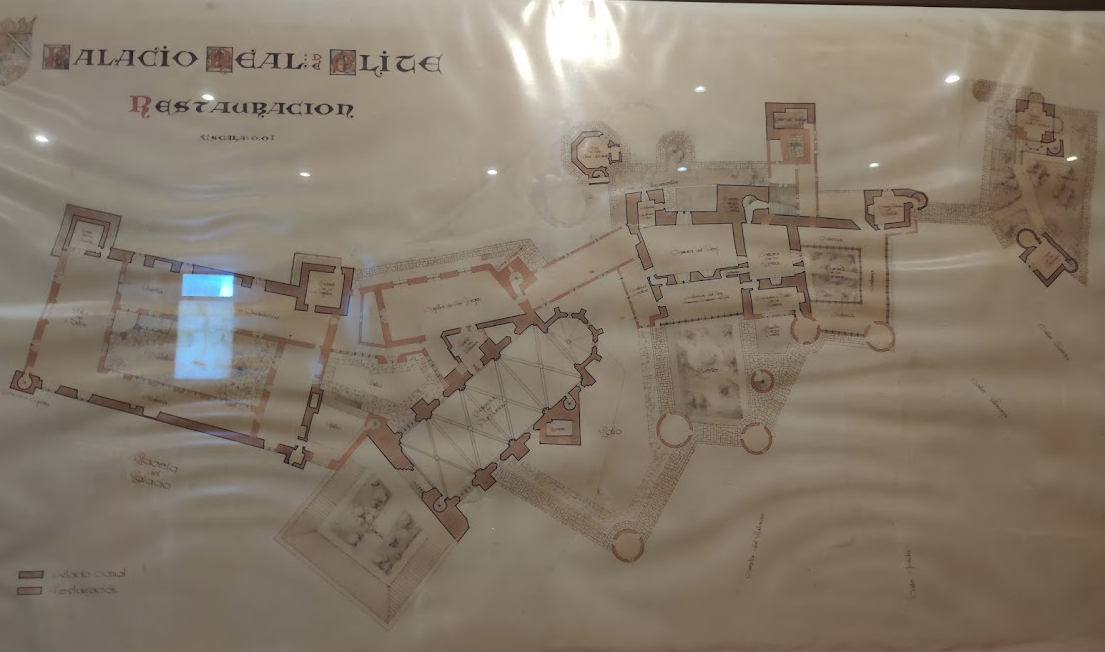
9. Bécquer was greatly impressed
Gustavo Adolfo Bécquer was one of the tourists who was greatly impressed by this palace. It was at the end of the 19th century when the poet visited Olite; when he saw the castle's deplorable state, he dedicated an essay in which he evoked the glorious days of this architectural complex.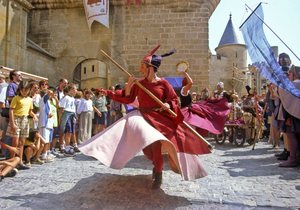
10. A mediaeval market takes you back in time
Every year, just for two days, Olite holds its mediaeval market; it lets everyone relive the palace's bygone days of splendour. During the festival, all kinds of traditional products are sold and activities are organised that take you back to the Middle Ages, with hawkers, peddlers and minstrels included.
